We recently received the Sigma 85mm f/1.4 DG DN lens, a new member of Sigma’s dedicated ART mirrorless lenses, and as we shall see, a true example of what a good design of a mirrorless lens can achieve in terms of compact size.
Since it was released in late 2020 there has a bunch of reviews online covering this lens, many comparing it to the more expensive Sony FE 85mm f/1.4 GM lens. Since we see no point in repeating that and since we have been working with the less expensive, but still regarded Sony FE 85mm f/1.8 lens we will be comparing it to the new Sigma on this review.
As we typically do, we shall start with the design and build before we move over to performance and give you our final verdict.
The Sigma 85mm f/1.4 DG DN (right) and Sony FE 85mm f/1.8 (left)
Build and design
Optical Design
The lens has 15 elements in 11 groups with five SLD (Special Low Dispersion) elements and one aspherical lens element.
Materials
The lens is made from metal and feels extremely well in the hand – you know that you are holding a quality product. The Sony 85mm f/1.8 is also well made but the Sigma feels a bit better possibly also because it is a bit beefier and larger.
Size and weight
The Sigma is quite a bit heavier than the Sony 85mm f/1.8 weighing in at almost 750 grams / 26.4 oz (with caps and hood) compared to only 450 grams / 15.9 oz for the Sony (mind you the Sony 85mm f/1.4 GM is even heavier than the Sigma at about 820 grams / 29 oz).
Without the hood, the Sigma is only a little longer than the Sony at 11cm /4.5” compared to 9.5cm/3.5” of the Sony (the Sigma’s hood is significantly larger and longer however so the lens will appear bigger when you are using it).
Rings
The lens has dual rings, the closer to the camera is a relatively thin aperture ring with an A (Auto) mode that moves in clicks or smoothly from f/1.4 to f/16. In this mode, the ring feels very nice with precise resistance.
The larger focus ring has no hard stops but has a very nice resistance and the rubber finish it has feels better than the metal one on the Sony and easier to turn.
The Aperture A mode (for controlling the aperture from the camera)
Buttons and switches
Both lenses have quite a few buttons and switches. Both have AF/MF switch and AEL programmable button. The Sigma also has a de-click button for the aperture ring and a lock button for fixing the aperture ring on Auto mode which is a really nice touch.
Sealing
The Sigma has weather sealing to some degree and as far as we can tell the Sony 85mm f/1.8 does not.
Mount
Both lenses come in Sony E mount (Full Frame coverage) with the Sigma having an L-mount version as well. We tested the E-mount on our Sony A7R IV and our A6500 cameras.
Hood
The Sigma has a much deeper and larger hood with a small button for unlocking it which is a nice touch. It also has grooves on the inside which the Sony doesn’t have (we are not sure how useful they are but they feel nice).
The Sigma with its deep hood
Aperture
The Sigma has 11 aperture blades while the Sony has 9 blades.
Filter
The Sigma lens has a 77mm front filter while the Sony has a small 67mm front filter thread.
Performance
Auto Focus
Based on our tests it seems that the focus of the Sigma is at least as good as that of the Sony 85mm f/1.8. We tested focus both in still and video (including the touch feature on the monitor of our A7R IV) and we can’t really see any advantage for the Sony. We also used the Sigma at f/1.4 for all of our intro/outro LensVid videos in the past few months and it worked very well.
Sharpness
As we normally do, we tested the sharpness of both lenses using our special large professional Imatest high-end chart.
We have to admit and you will be able to see this on the screen that we were kind of surprised by the results here. We actually repeated these tests at least 5 or 6 times making sure that they have been done it the best way that we can (we shot on a heavy tripod, in our studio at night, with image stabilization turned off, manually focusing with a wireless remote).
At the center of the frame wide open at f/1.4 the Sigma is actually very sharp, sharper than the Sony at f/1.8. Both improve somewhat when closing down (the Sony more than the Sigma).
The Sigma center sharpness – top left (f/1.4), top right (f/1.8), bottom, left (f/2.8), bottom right (f/4)
The Sony center sharpness – top left (f/1.8), top right (f/2.8), bottom, left (f/4), bottom right (f/8)
The corners tell a very different story which really surprised us. Both lenses are fairly soft wide open but even when closed down to f/2.8 the image is still pretty soft. The Sigma f/4 starts to show promise but honestly if you want true corner sharpness, especially on a 60MP+ body like the A7R IV, you need to go to f/8 (especially on the Sony) – not exactly what we were expecting to find.
The Sigma corner sharpness – top left (f/1.4), top right (f/1.8), bottom, left (f/2.8), bottom right (f/4)
The Sony corner sharpness – top left (f/1.8), top right (f/2.8), bottom, left (f/4), bottom right (f/8)
If you are looking for an ultimate winner though the Sigma is sharper, brighter, and more contrasty at f/8 in the corners, the center is fairly similar between both lenses.
One last point that we discovered during these tests. One of these lenses is not a true 85mm. Basically, the Sigma is visibly longer in reach than the Sony, this isn’t necessarily a pro or a con just something to keep in mind.
Minimum focus distance (sharpness close up)
The official minimum focusing distance of the Sigma is 85cm although we were able to focus as close as 78cm. The Sony’s official close-up distance is 80cm and that is exactly what we got in our test. The macro magnification of the Sigma is only 1:8.4 compared to 1:7.6 of the Sony – both considered low but quite common for this type of lens.
As for the image quality. Both lenses are soft up to at least f/2.8 in the center and we would even consider closing down to f/4 or more if you have the option.
The Sigma close up – top left (f/1.4), top right (f/1.8), bottom, left (f/2.8), bottom right (f/4)
The Sony Close up – left (f/1.8), center (f/2.8), right (f/4)
Breathing
The Sigma seems to have very significant breathing in our testing. The Sony might be a little better but both are far from ideal in this respect and light-years from the Sony 35mm f/1.8 which we recently tested and has practically zero breathing.
Chromatic Aberrations
One area where the Sony has a huge disadvantage is CA. Wide-open this is very prominent and this is one of the worst-performing lenses we have ever tested in this aspect with tones of purple and green fringing.
The Sigma on the other hand is clean even at f/1.4 which is very impressive.
Top – Sigma (f/1.4 left, f/1.8 right) and bottom Sony (f/1.8 left, f/2.8 right) – notice the purple on the Sony f/1.8
Flare
Both lenses seem to control flare pretty well with their hoods on, the Sigma does seem to have the edge here though.
Vignette
While both lenses exhibit fairly prominent darkening of the corners wide open the Sigma seems to clear up at f/2.8 while the Sony does the same only at f/4.
The Sigma vignette – top left (f/1.4), top right (f/1.8), bottom, left (f/2.8), bottom right (f/4)
The Sony vignette – top left (f/1.4), top right (f/1.8), bottom, left (f/2.8), bottom right (f/4)
Barrel distortion
While the Sony doesn’t seem to have any significant barrel or pincushion distortion, the Sigma does seem to have a pretty significant level of pincushion (just look at the black outlines in our chart), interestingly the built-in lens correction seems to make this go away although this is a new third party lens.
Sony (left) and Sigma (right) barrel test – look at the black edges of the frame
Bokeh
We compared the Bokeh of the Sigma at f/1.4 compared to f/1.8 and you can see the differences especially in the shape of the bokeh balls off-center where they look sort of like cat’s eyes wide open but almost full circles at f/1.8 (for real full circles you will need to go to f/2 or even f/2.8 on the Sigma).
If you compare this to the Sony f/1.8 you can see that the Sony looks similar to the Sigma at f/1.4 although we still prefer the look of the Sigma bokeh.
Bokeh Comparison – right Sigma f/1.4, center Sony f/1.8, Left Sigma f/1.8
Sample images
We took some images with the Sigma over the past couple of months with our A7R IV outdoors and it was a lot of fun and you can see some of our results here (no retouching of any sorts, just cropping).
Conclusion
With the 85mm f/1.4 DG DN Art, Sigma proved not only that it can make very high-quality optics but that it can incorporate those optics in a compact and feature-rich design that is exceptionally well made.
The Sigma 85mm – a high-quality option with some caveats
Our comparison to the Sony f/1.8 seems difficult because there is no clear winner overall. At least not when you consider the big difference in price between the two lenses (as the Sigma cost twice what you will be paying for the Sony at the time of writing this review).
The Sigma is sharper with a better optical formula, faster and with better-built quality, and some nice extra features like the de-clicked aperture with a lockable auto mode. But the differences when you look at the final images are not that huge although Sony does suffer from severe CA wide open which is possibly its biggest shortcoming.
Pricing
It is hard to argue against the value that the Sony 85mm f/1.8 offers at $550, however, if you want to move up and you have the money, the Sigma 85mm f/1.4 will give you better build quality, more features, and better image quality across the frame although for true sharpness in the corners you will need to close down the aperture considerably.
You will of course also get a faster aperture and all this at a price of just under $1200 (it went up from $1050 when we recorded the video for the article). This makes it harder to justify the extra $600-700 or so that you will need the spend to get the Sony FE 85mm f/1.4 GM.
You can check out more LensVid exclusive articles and reviews on the following link.

You can support LensVid by shopping with our affiliate partners
Affiliates: Amazon, B&H, Adorama and E-bay.
Why should you trust us?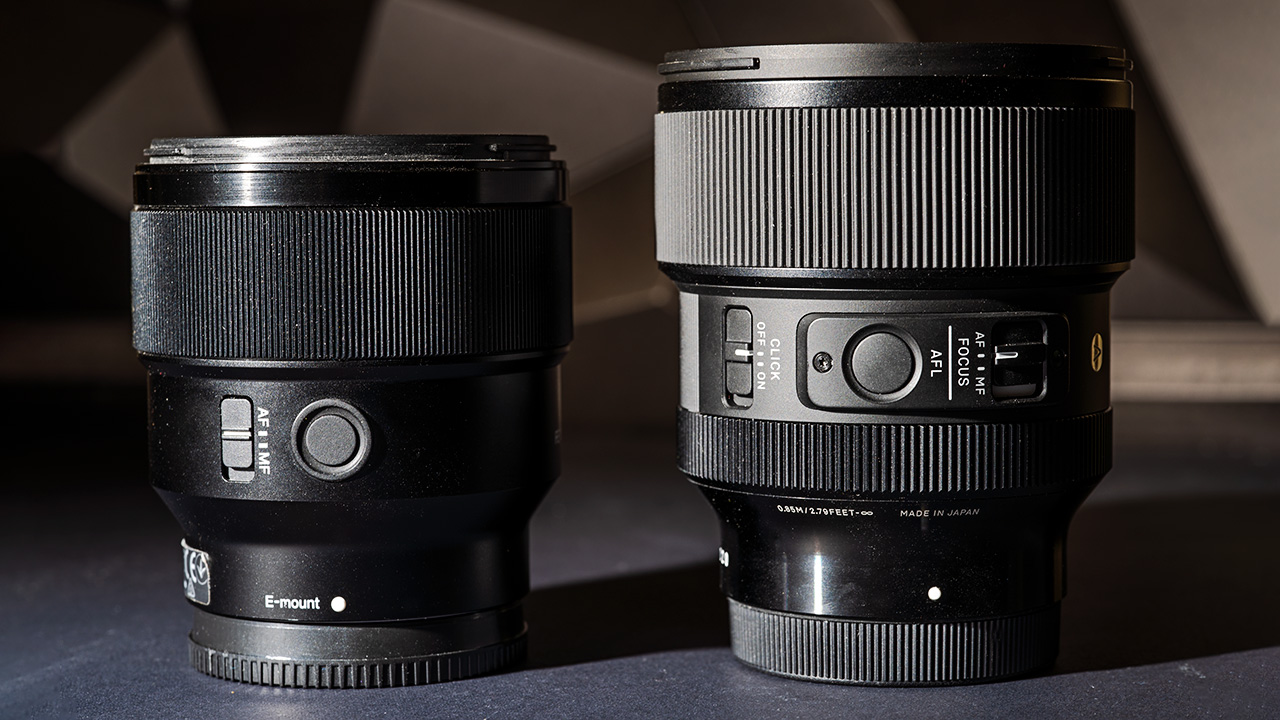
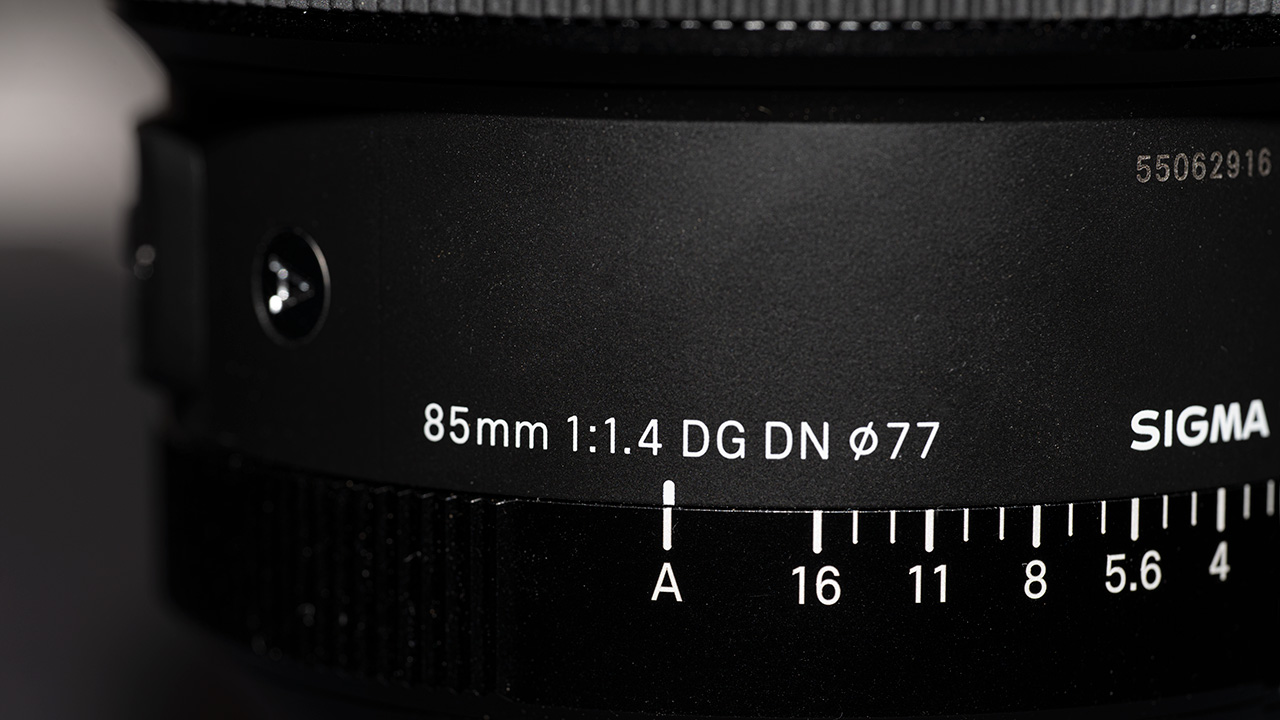
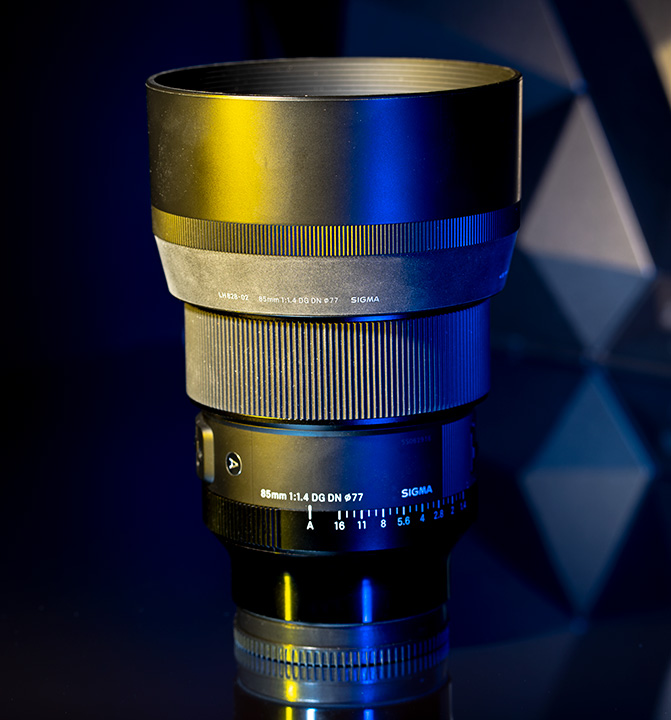
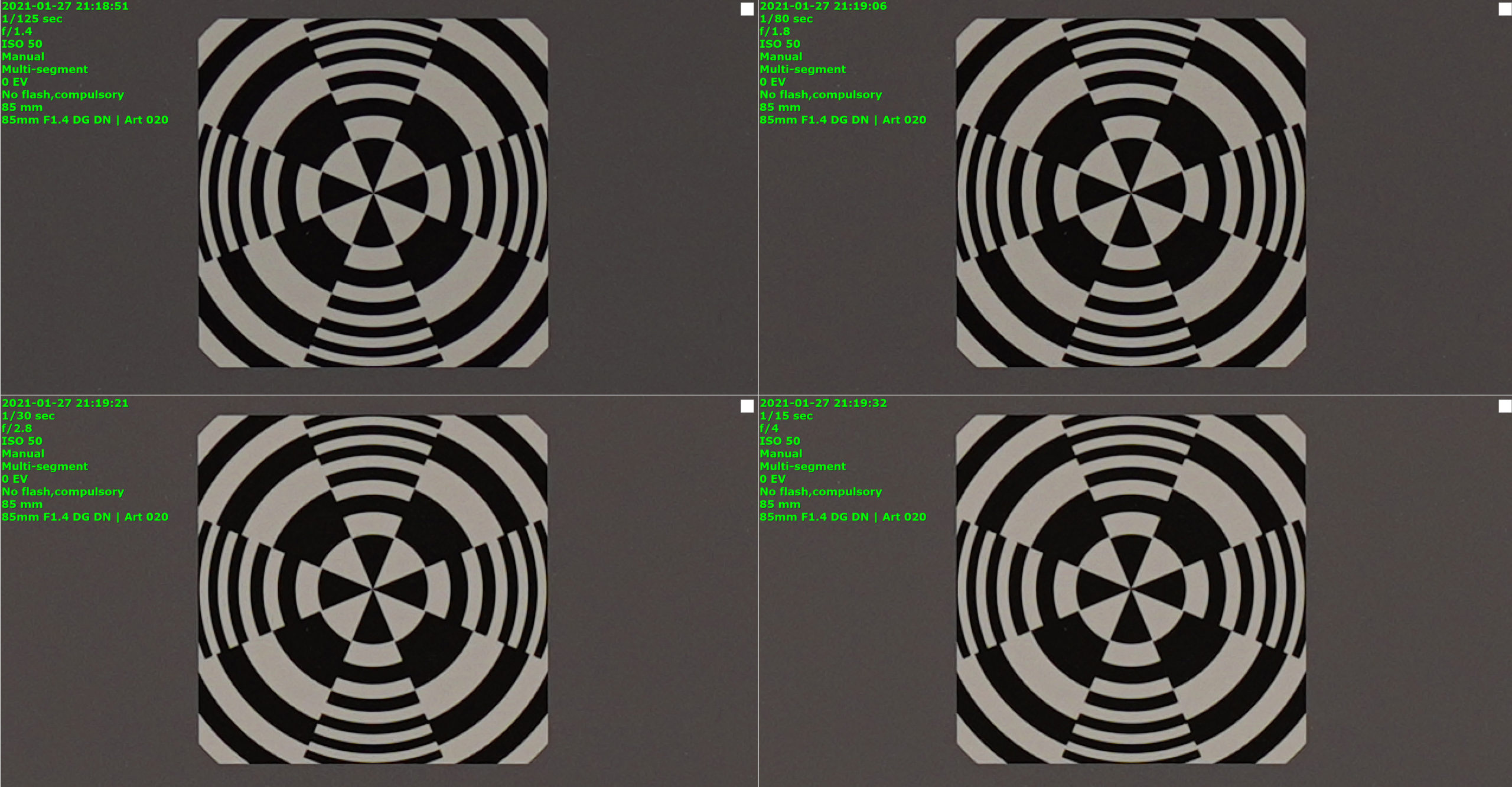
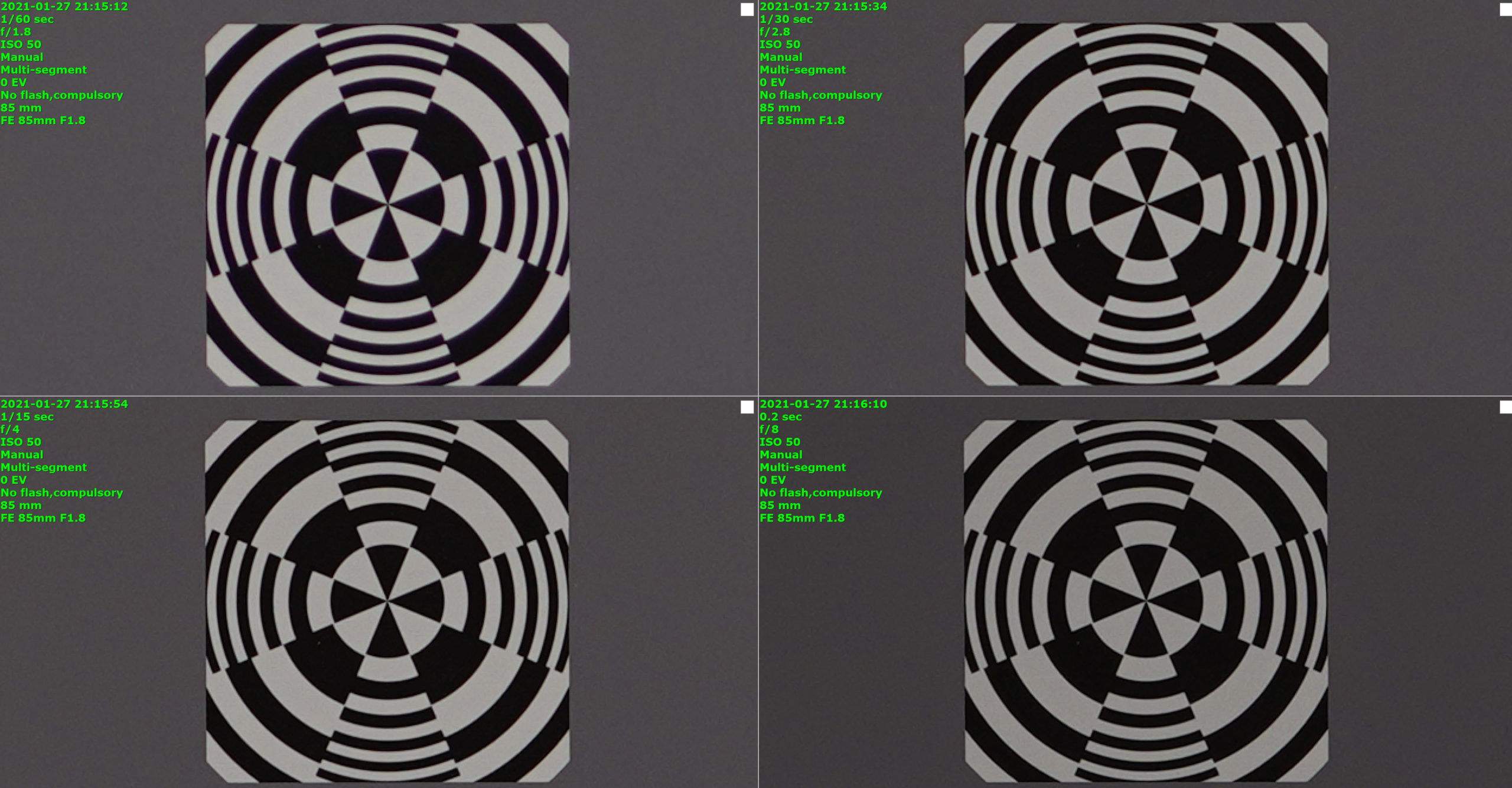
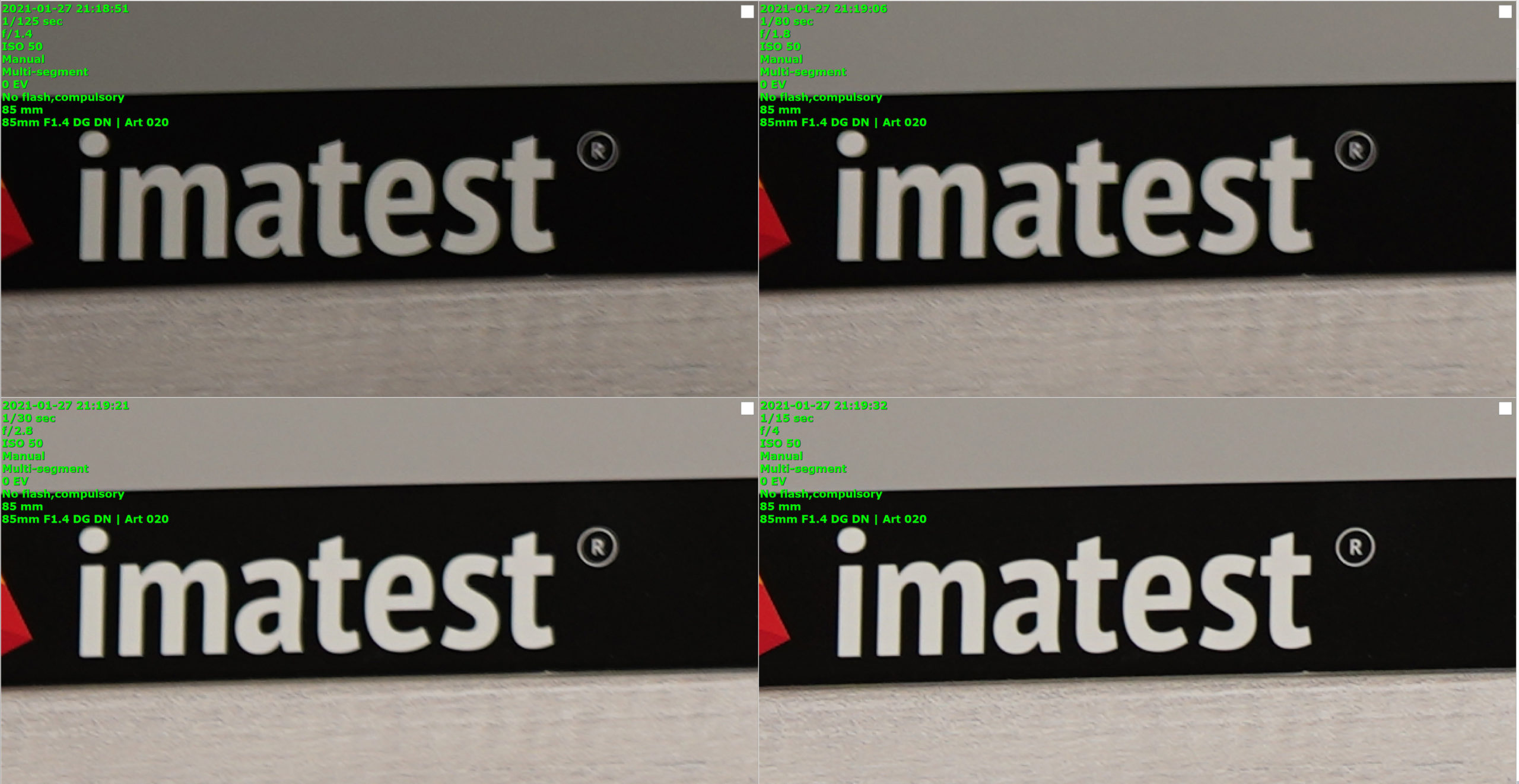
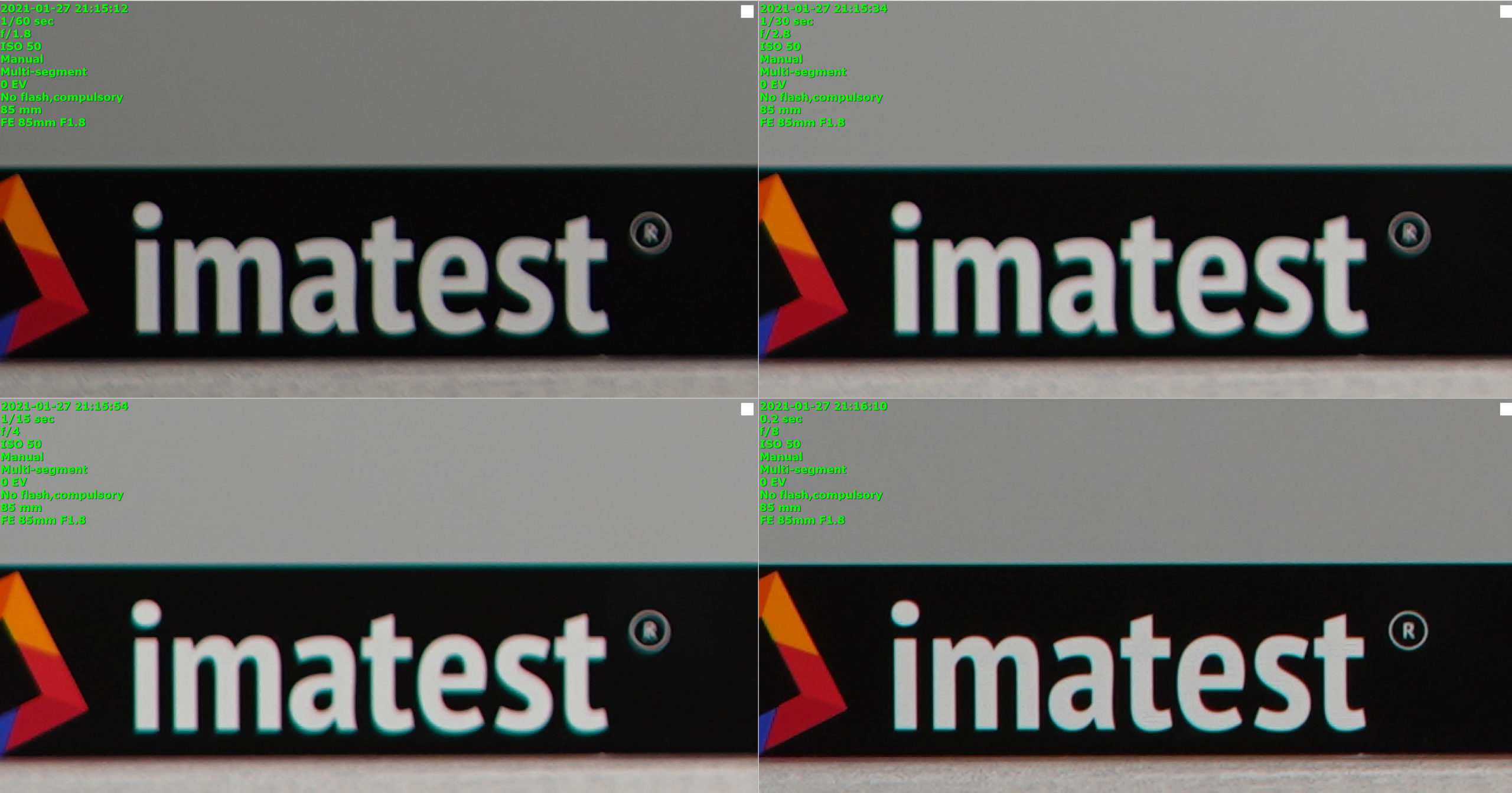


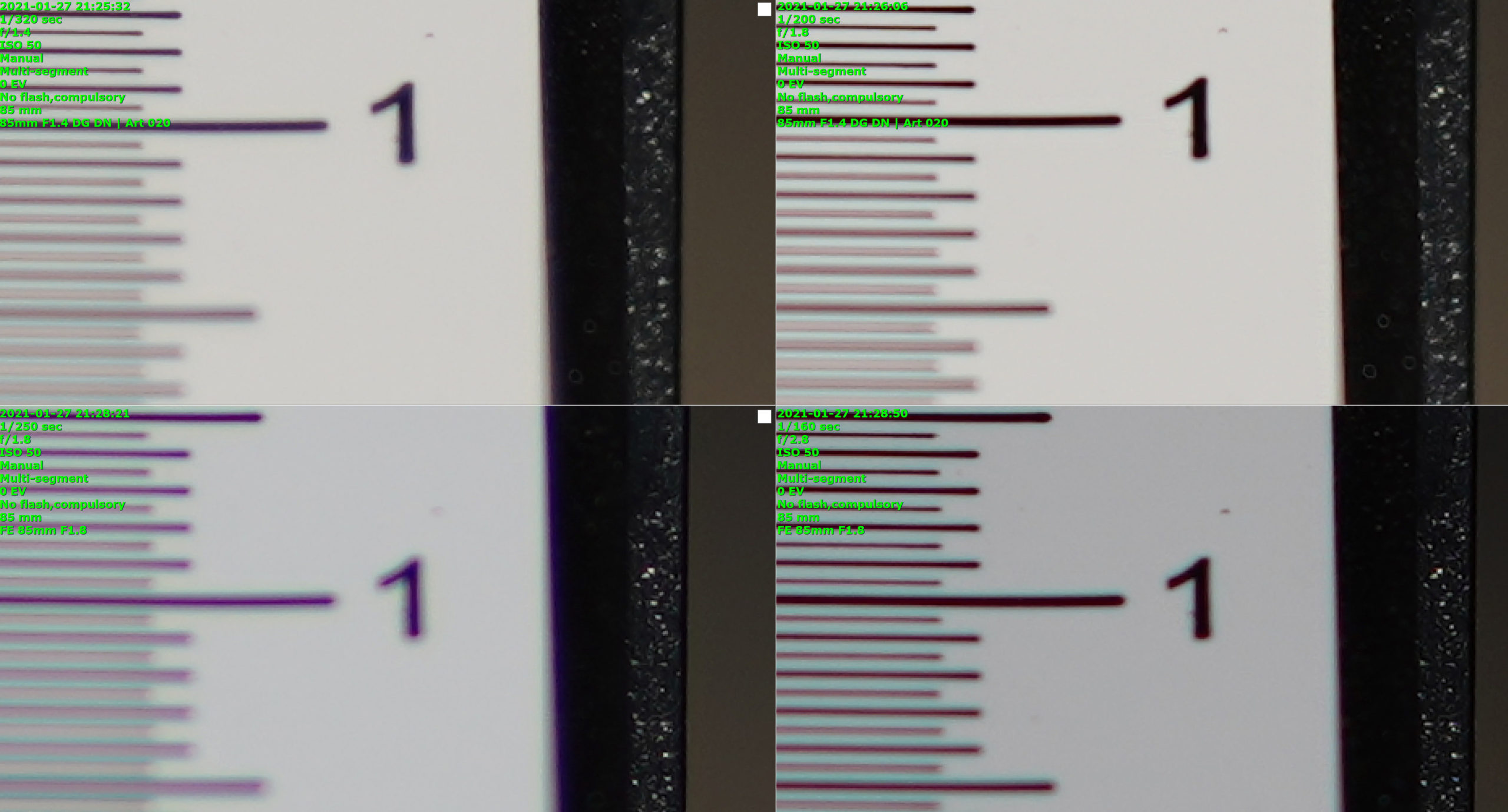

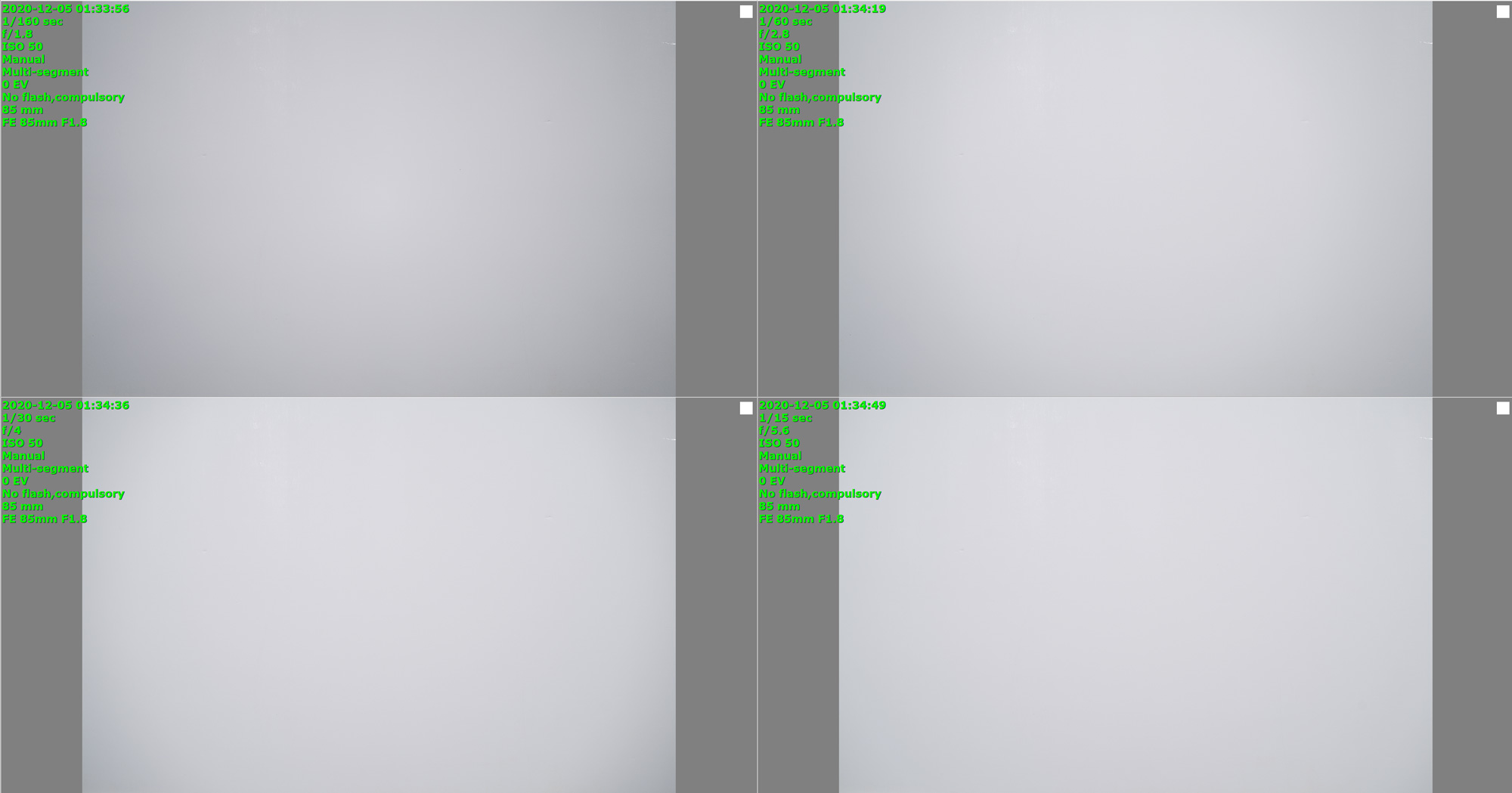





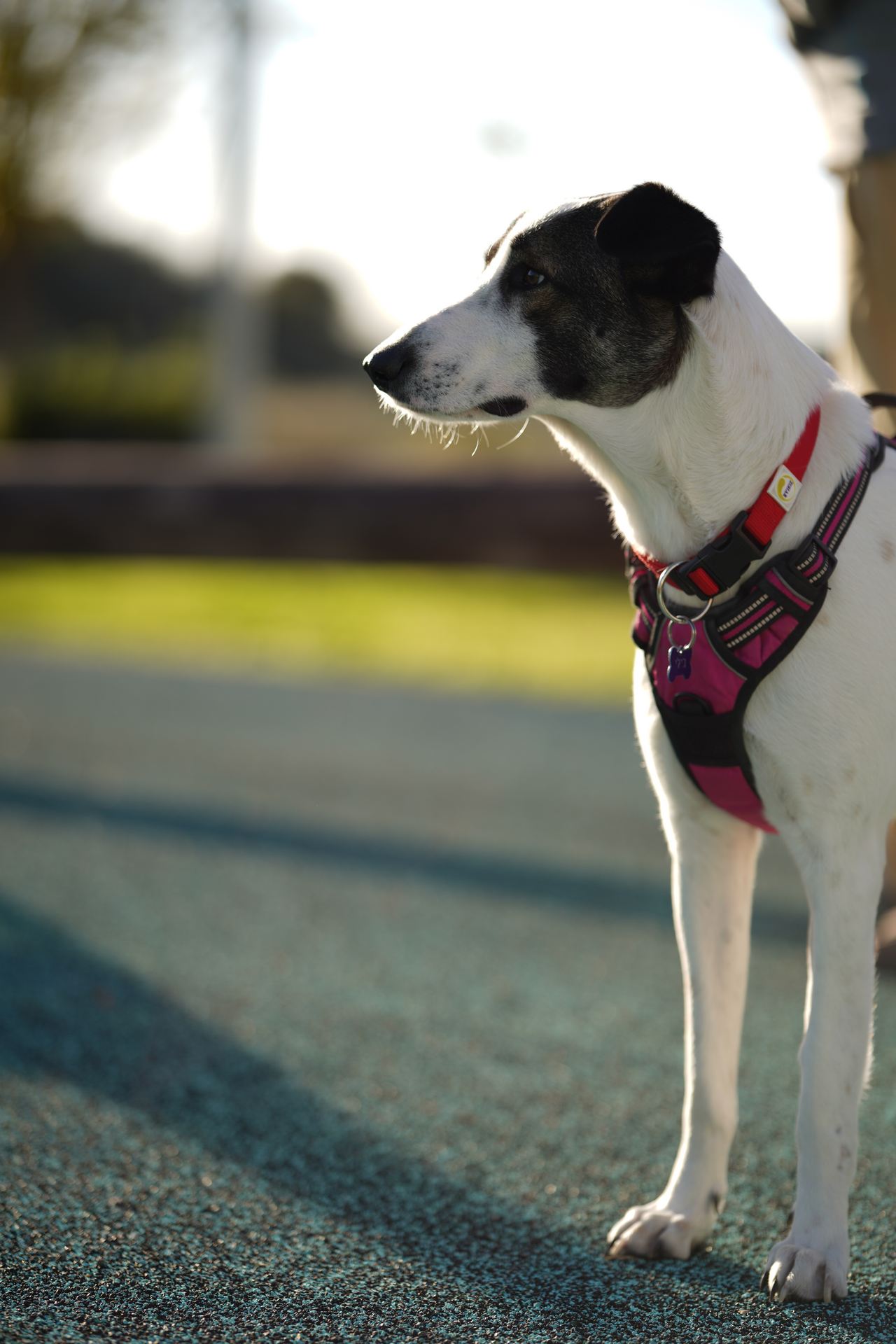








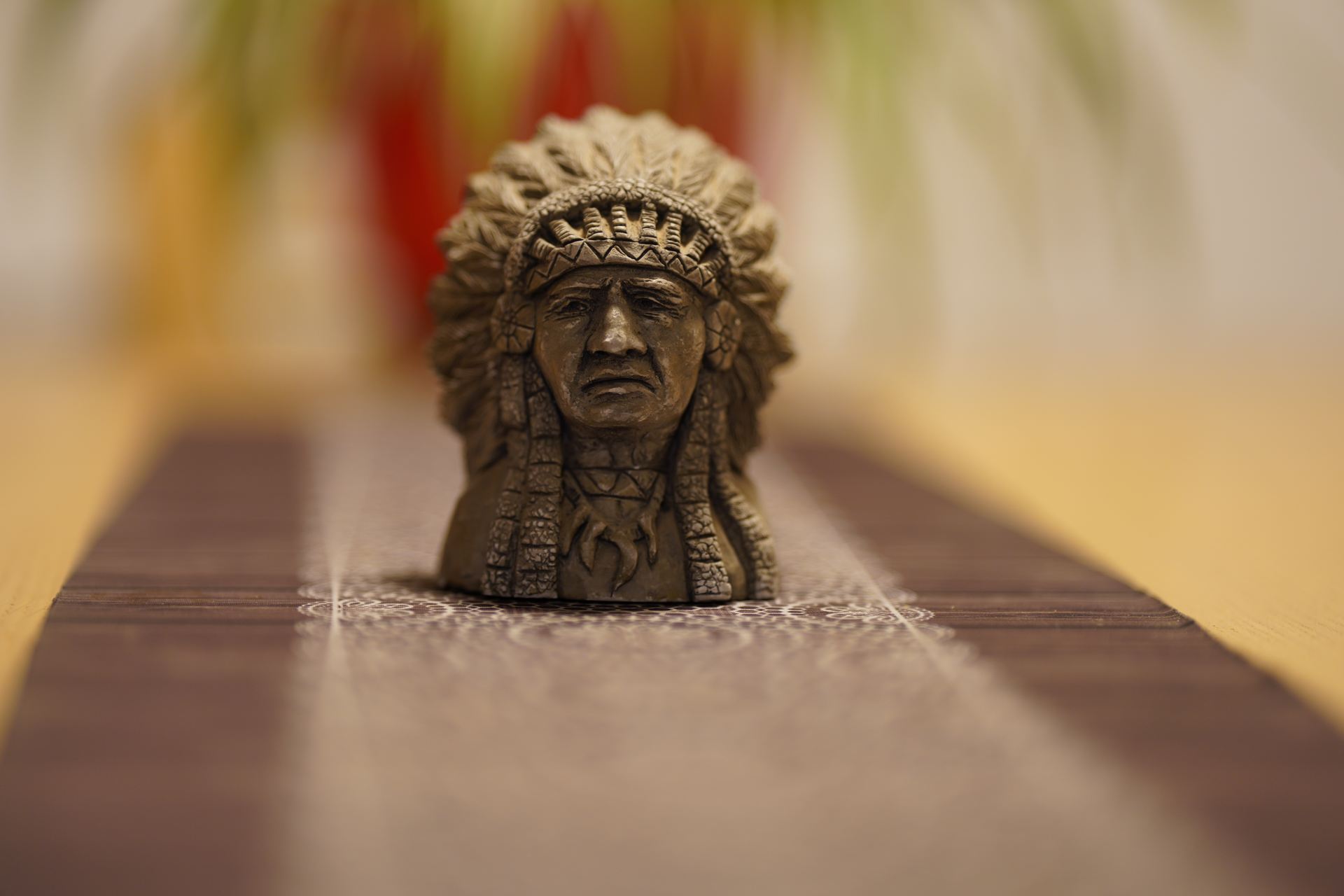




Hi, if I already owned the Sony 85mm 1.8 would you consider it enough of an upgrade to sell it and move to the Sigma? I hope you take the time to reply, I’d love your advice.
Very hard to say. We kept our Sony and got the Sigma as well. Sony will likely make an 85mm f/1.2 soon (it will be expensive though) which I believe will give a more significant jump from your lens.
I suggest you try and get your hands on a Sigma and try it and see if it makes enough of a difference to you before you decide.
Thanks for taking the time to reply!
I forgot to ask about this a long time ago. Why did you keep BOTH the Sigma and Sony?
I don’t have a good answer. We use the Sigma most of the time but it’s not just me shooting (we have a production company) so different people might work at the same time with different bodies. Plus we review lenses all the time and it is good to be able to compare it in the future – again not super practical or cost saving but it is what it is.